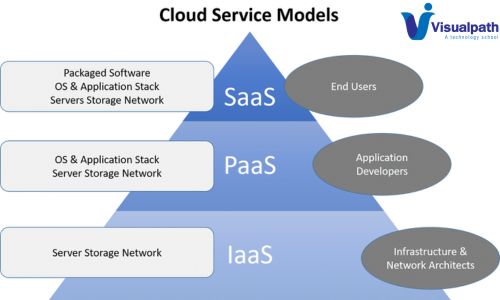What is Elastic Beanstalk? | Amazon Web Services (AWS)

Amazon Web Services (AWS) Elastic Beanstalk is a Platform as a Service (PaaS) offering from AWS that simplifies the process of deploying, managing, and scaling web applications and services. It allows developers to focus on writing code while AWS handles the infrastructure provisioning and management. - Amazon Web Services Online Course Key features of AWS Elastic Beanstalk include: 1. Ease of Deployment: Elastic Beanstalk streamlines the deployment process by automatically handling the deployment, from capacity provisioning and load balancing to auto-scaling and application health monitoring. 2. Supported Platforms: It supports various programming languages and frameworks , including Java, .NET, PHP, Node.js, Python, Ruby, Go, and Docker, allowing developers to choose the environment that best fits their application. 3. Automatic Scaling: Elastic Beanstalk can automatically scale the infrastructure based on traffic patterns and application load , ensuring optimal perf...





